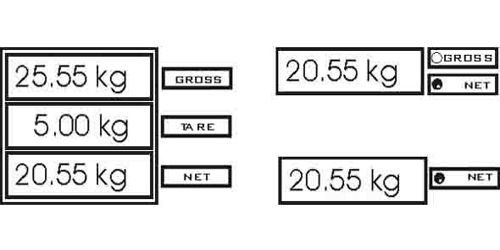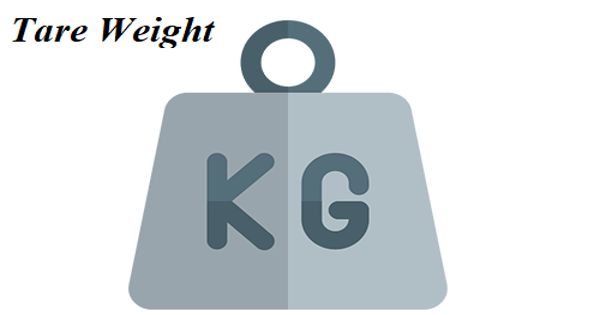Tare Weight
Tare is a deduction from the gross weight of a substance and its container made in allowance for the weight of the container. It refers to an allowance made to the purchaser. It is the weight of a motor vehicle, railroad car, or aircraft without its fuel or cargo. It is determined by deducting the weight of the case, cask, bag, or chest in which the goods are packed, from the gross weight. It is the weight of a vehicle or container when empty. The tare of a container is its weight when it’s empty, which is important to know when you can’t weigh something without putting it into something else.
“Tare Weight is determined by deducting the weight of the case, cask, bag, or chest in which the goods are packed, from the gross weight.”
Gross weight is the total weight of a package, container, or shipment. Gross means the total of all sums, and in this case, the amount of the various weights without deductions. It includes the weight of the shipped product, packaging, and handling materials. Tare weight, sometimes called unladen weight, is the weight of an empty vehicle or container. It is an allowance made for the weight of the packaging in order to determine the net weight of goods. By subtracting it from the gross weight, the weight of the goods carried may be determined. Since you can’t measure the weight of, say, olive oil without putting it into a container, you need to find out how much the container weighs, its tare, so you don’t add that to the weight of the olive oil. The same thing goes for cargo containers, trucks, airplanes, railroad cars.
It is used in calculating the weight of the cargo being carried. The net weight to be calculated from the gross weight by deducting the tare weight. The tare weight is calculated on emptying the container. Formula Used: Net Weight (Weight of load) = Gross Weight – Tare Weight.

This can be useful in computing the cost of the goods carried for purposes of taxation or for tolls related to barge, rail, road, or other traffic, especially where the toll will vary with the value of the goods carried. Industries may also calculate the mass of any packing materials, straps, and boxes. In the shipping industry, the weight of vehicles is often classified as tare weight. For instance, if you’re loading up your luggage with the preconception that you need to keep it under 20lb, then you know that the items you’re hauling cannot account for all 20lbs. Tare is also a kind of weedy grass that grows in grain fields or that’s raised for forage.
















